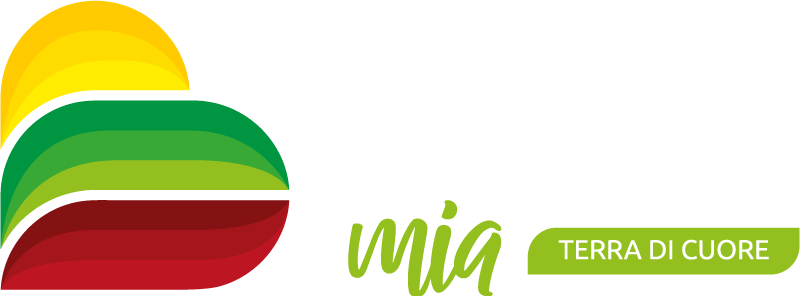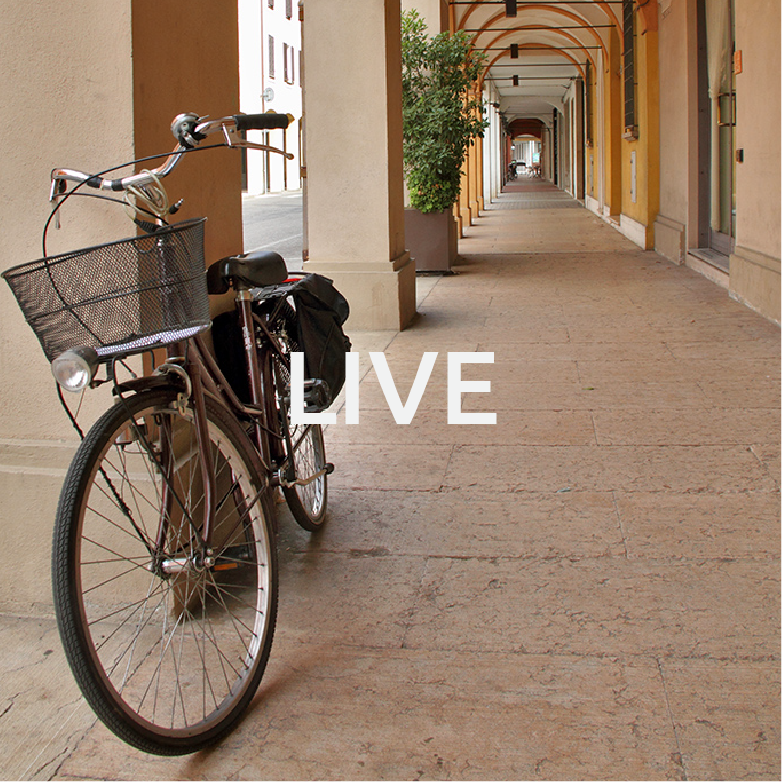The Tricolore or Italian Tricolour Flag was born on 7th January 1797. It was designed and suggested by Giuseppe Compagnoni from Lugo.
For more than 200 years, we, the Italian people, have seen the Tricolore as the symbol of independence and national unity, the popular recognition of our Homeland. In a word, it is the symbol of our Nation. Therefore, its history is actually the history of the country itself.
But how and when was our Tricolore born? How have Green, White and Red become our three national colours? Who designed the Tricolore and gave it to Italy? And which has been the history behind our Flag?
Every time we have to study how Italy became a nation and every time we have to deal with the problem of our Risorgimento (Italian Unification), we have to take Napoleon Bonaparte as the starting point. Certainly due to his political intentions but also due to his intimate and constant liking for our country because of his Italian origin, Bonaparte encouraged and favoured our nationalist feeling, thus creating the preface of our unification and independence.
In 1796, when Napoleon’s army arrived in Italy, the three-colour French ensign struck the imagination of a lot of Italians; immediately afterwards, it became the symbol of the triumphant Revolution.
While Napoleon was fighting and throwing the Austrians out of the Po Valley, the first revolutionary movements started to flourish. In Modena, in October of 1796, the delegates of the cities of Modena, Reggio Emilia, Bologna and Ferrara gathered at the first Congress aiming at establishing the Cispadane Confederation. In the following December the second Congress met in Reggio Emilia and sanctioned the birth of the Cispadane Republic.
One of the protagonists of both Congresses was our fellow townsman Giuseppe Compagnoni, delegate of Ferrara (at that time, Lugo was ruled by the Este). During these meetings, he suggested adopting the three-colour Green, White and Red Cispadane Flag to represent the nation.
So, Giuseppe Compagnoni from Lugo is to be considered the “Father” of our Tricolore because he understood that an idea needs to get materialized in the shape of a concrete symbol to represent it, and such symbol should be known and accepted by everyone. Thanks to his initiative, the Tricolore formally became the symbol of that first strip of an independent and free Italy, which then identified with the concept of Italian independence and freedom.
From that time, the Tricolore was present during the different events in the history of Italy.
It witnessed the Cisalpine Republic, the fall of Napoleon, the Carbonari revolts of 1821 and 1831 and the wars against Austria. It became the Flag of the Young Italy of Giuseppe Mazzini; it accompanied the entire Risorgimento. It followed the countless triumphs and campaigns of Giuseppe Garibaldi; it waved on 10 December 1847 in Genoa during the nationalist movements when Goffredo Mameli officially presented the “Canto degli Italiani” (“The Song of the Italians”), which is currently the national anthem of Italy. The adoption of the Tricolore, with the addition of the Savoy shield, was formally introduced in the Statuto Albertino (Albertine Statute) in March of 1848. The three-colour flag waved on 17 March 1861 during the proclamation of the Kingdom of Italy. But it was only in 1871 when the flag was hoisted for the first time on the turret of the Quirinal Palace, when Rome became the official capital of a finally united Italy. It was the Flag of the Kingdom of Italy until 1945.
As of 2 June 1946, the Tricolore is the Flag of the Italian Republic, the definitive symbol – within the soul of the Italian people – of freedom, unity and national identity.
On 19 June 1946, it was officially chosen as the three-colour flag of the current Republic by Alcide De Gasperi, President of the Council of Ministers of Italy with powers of temporary Head of State. And it was then confirmed by the Italian Constitution, which was promulgated on 27 December 1947.
In 1997, 7 January was declared “Giornata Nazionale del Tricolore” (Flag Day).
(Text edited by UNUCI – Italian National Association of Retired Officers – Lugo).




